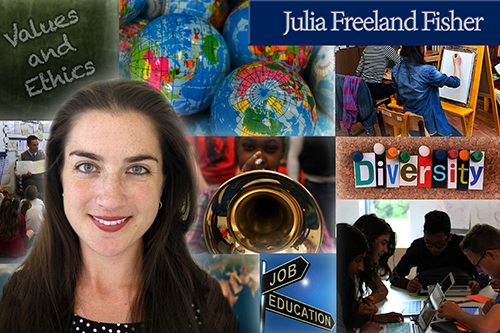
What will be the legacy of Race to the Top and Barack Obama’s other education initiatives? Indeed, what’s been accomplished in education reform around the country since 2012? Does our current traditional model of education meet the needs of most students? Is our curriculum preparing them for the jobs we need to fill in an age of globalization and artificial intelligence? What are the most critical needs for education leading up to 2030? Should tuition at public colleges and universities be free?
As the United States prepares to elect a new President this November, putting every student on a path towards a successful future should be required discussion at every presidential debate. This summer in The Global Search for Education, we bring back our popular 2012 Education Debate series and put these questions and others to thought leaders at the forefront of educational change. We asked Andy Hargreaves, Diane Ravitch, Howard Gardner, Randi Weingarten, Julia Freeland Fisher, and Charles Fadel to imagine they were Secretary of Education for the new administration. What are their answers to some of the big picture questions facing education and education reform?
It’s my pleasure today to welcome Julia Freeland Fisher. Julia Freeland Fisher is the director of education research at the Clayton Christensen Institute. She leads a team that educates policymakers and community leaders on the power of disruptive innovation in the K-12 and higher education spheres through its research. Her team aims to transform monolithic, factory-model education systems into student-centered designs that educate every student successfully and enable each to realize his or her fullest potential.

Julia what will be the legacy of Race to the Top and Barack Obama’s other education initiatives?
Overall, Race to the Top solidified the administration’s push to shift states from focusing on inputs to outcomes. This was not a new agenda–indeed it was in many ways enshrined in the previous administration’s accountability push. However, Race to the Top as well as programs like the i3 grant, aimed to ensure that innovations at the state and local level took root and grew in service of student outcomes rather than traditional measures like enrollment or seat-time. Although these policies did not lead to foolproof results, they kept education focused on metrics including graduation rates and achievement gaps.
What has the US as a whole accomplished since 2012 in the field of education? Given the shift in focus in the global education reform debate from the 3 R’s to the 4 C’s, what are the critical steps we need to take to produce a new education framework for the US?
A new education framework will fundamentally upend the hegemony of the factory-based model of school that dominated the past century. Whether we are optimizing for the 3 R’s, the 4 C’s or any other ends, our traditional model of education has struggled to meet the needs of each student because it was never designed to do so. Our research has shown that the disruptive innovation of online learning holds the potential to break apart the factory model of schooling. Armed with software programs that can deliver instruction and assessment, teachers can blend instruction in ways that frees up more time for small-group differentiated instruction, provides better data on how students are performing, and affords students greater flexibility and choice in how and when they move through their learning.
Technology, however, is not a silver bullet. In the years to come, online learning programs could be deployed primarily as a cheaper delivery tool to decrease spending, without revolutionizing instruction. The education system needs leadership to steer the growth of technology in a direction that benefits all students, rather than simply cuts costs. The next U.S. President will need to champion classroom and school models that use technology to personalize learning, rather than giving into the temptation to simply digitize our monolithic 19th century classroom.

Do you believe the UN’s SDG’s will speed up the “education renaissance”? What are the most crucial needs for education leading up to 2030?
Disruptive innovations by definition expand access at a lower price point to those for whom a product or service is otherwise out of reach. The developing world where access to basic educational services remains out of reach to hundreds of millions of children is likely where we’ll see some of the boldest disruptive innovations in education flourish. For example, low-cost delivery models like Educational Initiative’s Mindspark program in India and low-cost school models like Bridge International Academies in Africa are already bucking traditional visions of what “school” should be in order to deliver more reliable learning experiences to more students.
How we define success will determine how education innovations in the developing world grow. Although the SDG’s provide a compelling set of goals, we should be wary of setting metrics of success that urge developing countries to simply transplant Western traditional models of school abroad. Instead, the development space should pay as much attention to where capital is flowing in the markets where schools are being built and work to ensure that educational reforms go hand in hand with developing jobs. In some countries, such efforts might include more employer-embedded training programs or boot camp models in lieu of propping up costly and oversubscribed institutions of higher education.
How can we make teaching a more prestigious career? How can we entice better quality talent away from more lucrative careers and into classrooms? How do we retain good teachers and make sure they are where they are needed most?
The challenge of recruiting and retaining high quality teachers is not new. The rise of technology, however, does open the door to new strategies previously out of reach. Specifically, as we start to shift more instruction and assessment online, we predict that how teachers spend their time can likewise shift radically. For example, the role of a single teacher can start to “unbundle”–such that teachers can actually play to their strengths and passions rather than having to serve as a jack-of-all-trades to a large cohort of students. Some teachers may serve as curriculum designers, others as mentors and motivators, and still others as subject matter experts. Blended learning environments also open up greater possibilities for team teaching models that allow teachers to divide and conquer based on their expertise and strengths and to rely on one another rather than operate in silos. Although these are by no means cure-alls to elevating the profession, the possibilities that technology introduces may be paving the way to specialization, choice, and expertise that would allow teaching to assume newfound status in the labor market.

How do we make Higher Education more effective in meeting the employment needs of the world outside the campus?
Amidst debates about college access and affordability, we think the question of employer needs should sit at the core of higher education conversations. Without answering it, we risk pumping more and more students through a costly system that is not aligned in reliable ways to the job market.
Tackling this problem is both an issue of demand and supply–that is, employers’ demands for particular types or skillsets or talent, and the corresponding supply of the types and skillsets of graduates that higher education is producing. Employers chronically struggle to articulate their precise needs to higher education institutions. That said, institutions of higher education remain chronically misaligned with the labor market and fixed in their ways. A recent Gallup poll found that only 11 percent of business leaders believe graduates have the requisite skills for success in the workforce.
There are a number of postsecondary models, however, which are defying these odds. In particular, online competency-based programs are emerging both within existing institutions like Southern New Hampshire University and Western Governors University, and in new startups like Udacity. These programs offer not only flexibility in how students move through their learning, but also break learning down into “competencies” which often align directly to employer and industry-driven needs. We’re seeing similar alignment in efforts like coding boot camps that not only teach software development skills but also focus on intensive job placement efforts in the home stretch of the experience.
For the federal government, particularly as new unbundled offerings gain market share, accountability should shift away from traditional accreditation and oversight. Instead, the government should welcome new entrants with untraditional models, in exchange for higher levels of transparency around prices and outcomes. On the back end, the government could pursue a quality-value (QV) index approach to ranking and rewarding schools. Rather than sorting schools on the basis of accreditation requirements or simplified outcome metrics, a QV index could shed light on what students get out of higher education investments based on their experiences and success rates post-graduation.
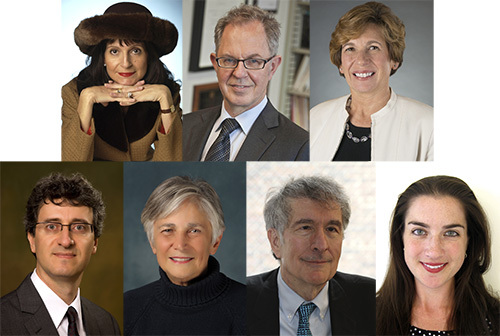
(Photos are courtesy of CMRubinWorld)
Join me and globally renowned thought leaders including Sir Michael Barber (UK), Dr. Michael Block (U.S.), Dr. Leon Botstein (U.S.), Professor Clay Christensen (U.S.), Dr. Linda Darling-Hammond (U.S.), Dr. MadhavChavan (India), Professor Michael Fullan (Canada), Professor Howard Gardner (U.S.), Professor Andy Hargreaves (U.S.), Professor Yvonne Hellman (The Netherlands), Professor Kristin Helstad (Norway), Jean Hendrickson (U.S.), Professor Rose Hipkins (New Zealand), Professor Cornelia Hoogland (Canada), Honourable Jeff Johnson (Canada), Mme. Chantal Kaufmann (Belgium), Dr. EijaKauppinen (Finland), State Secretary TapioKosunen (Finland), Professor Dominique Lafontaine (Belgium), Professor Hugh Lauder (UK), Lord Ken Macdonald (UK), Professor Geoff Masters (Australia), Professor Barry McGaw (Australia), Shiv Nadar (India), Professor R. Natarajan (India), Dr. Pak Tee Ng (Singapore), Dr. Denise Pope (US), Sridhar Rajagopalan (India), Dr. Diane Ravitch (U.S.), Richard Wilson Riley (U.S.), Sir Ken Robinson (UK), Professor Pasi Sahlberg (Finland), Professor Manabu Sato (Japan), Andreas Schleicher (PISA, OECD), Dr. Anthony Seldon (UK), Dr. David Shaffer (U.S.), Dr. Kirsten Sivesind (Norway), Chancellor Stephen Spahn (U.S.), Yves Theze (LyceeFrancais U.S.), Professor Charles Ungerleider (Canada), Professor Tony Wagner (U.S.), Sir David Watson (UK), Professor Dylan Wiliam (UK), Dr. Mark Wormald (UK), Professor Theo Wubbels (The Netherlands), Professor Michael Young (UK), and Professor Minxuan Zhang (China) as they explore the big picture education questions that all nations face today.
The Global Search for Education Community Page
C. M. Rubin is the author of two widely read online series for which she received a 2011 Upton Sinclair award, “The Global Search for Education” and “How Will We Read?” She is also the author of three bestselling books, including The Real Alice in Wonderland, is the publisher of CMRubinWorld, and is a Disruptor Foundation Fellow.
Follow C. M. Rubin on Twitter: www.twitter.com/@cmrubinworld


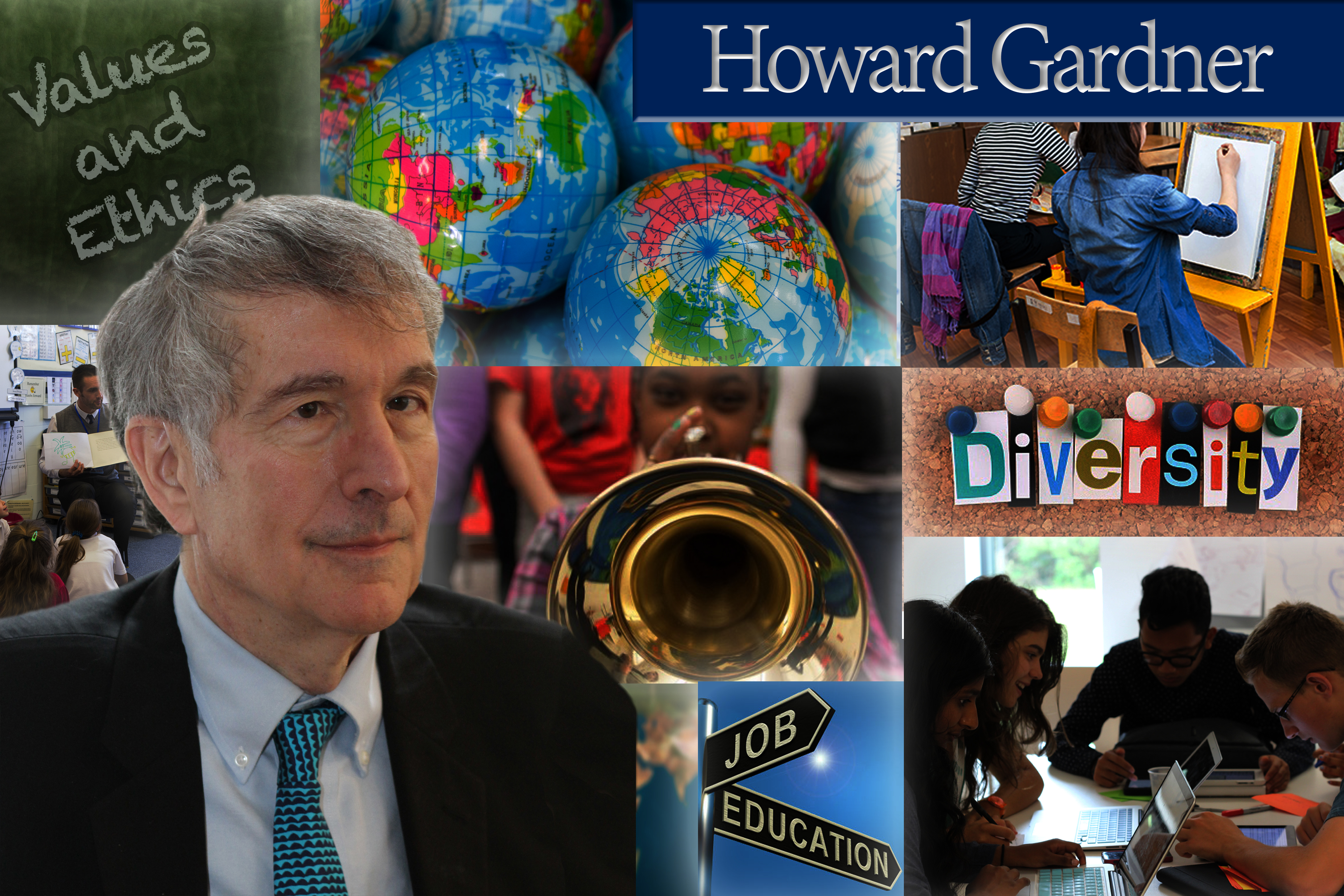
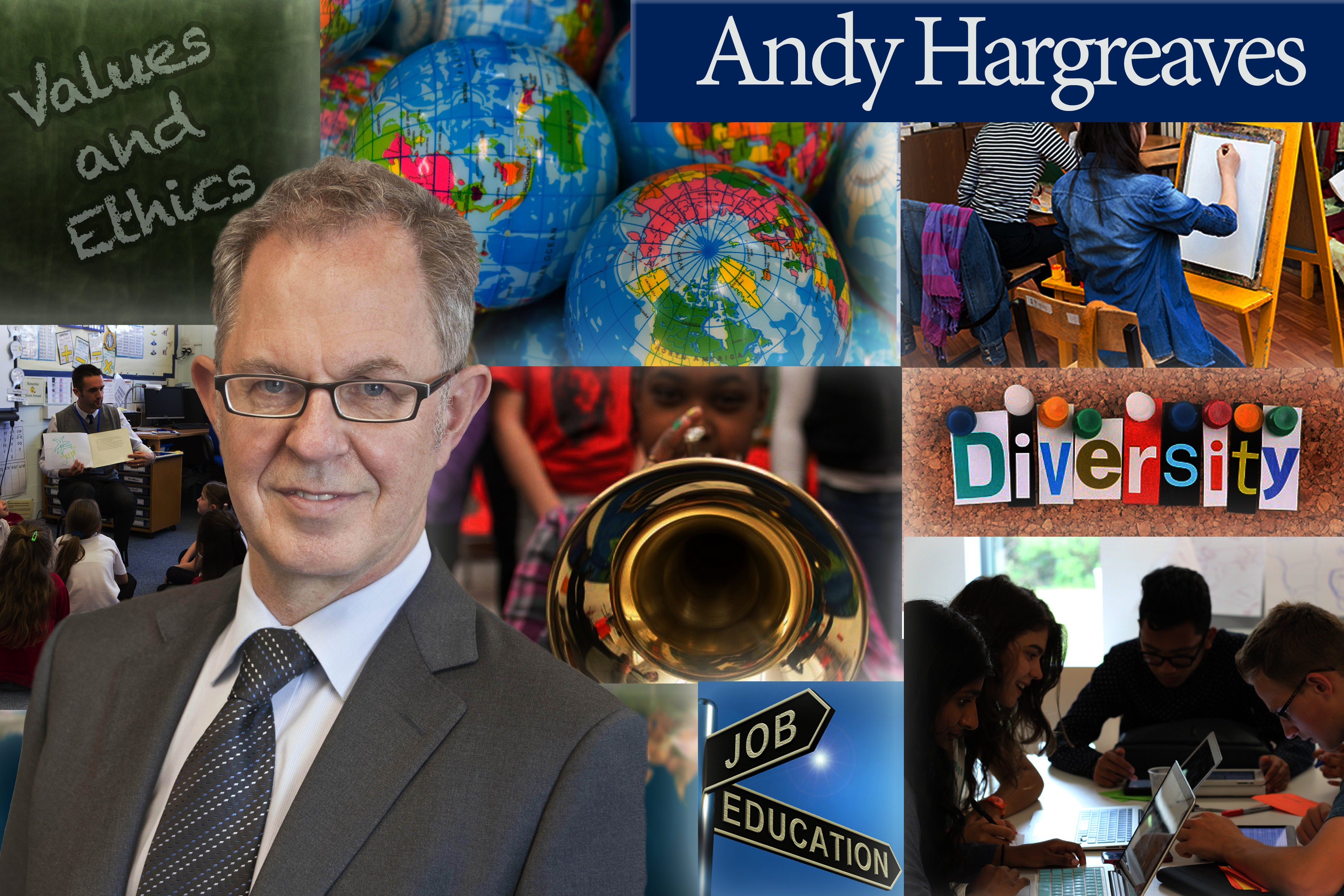
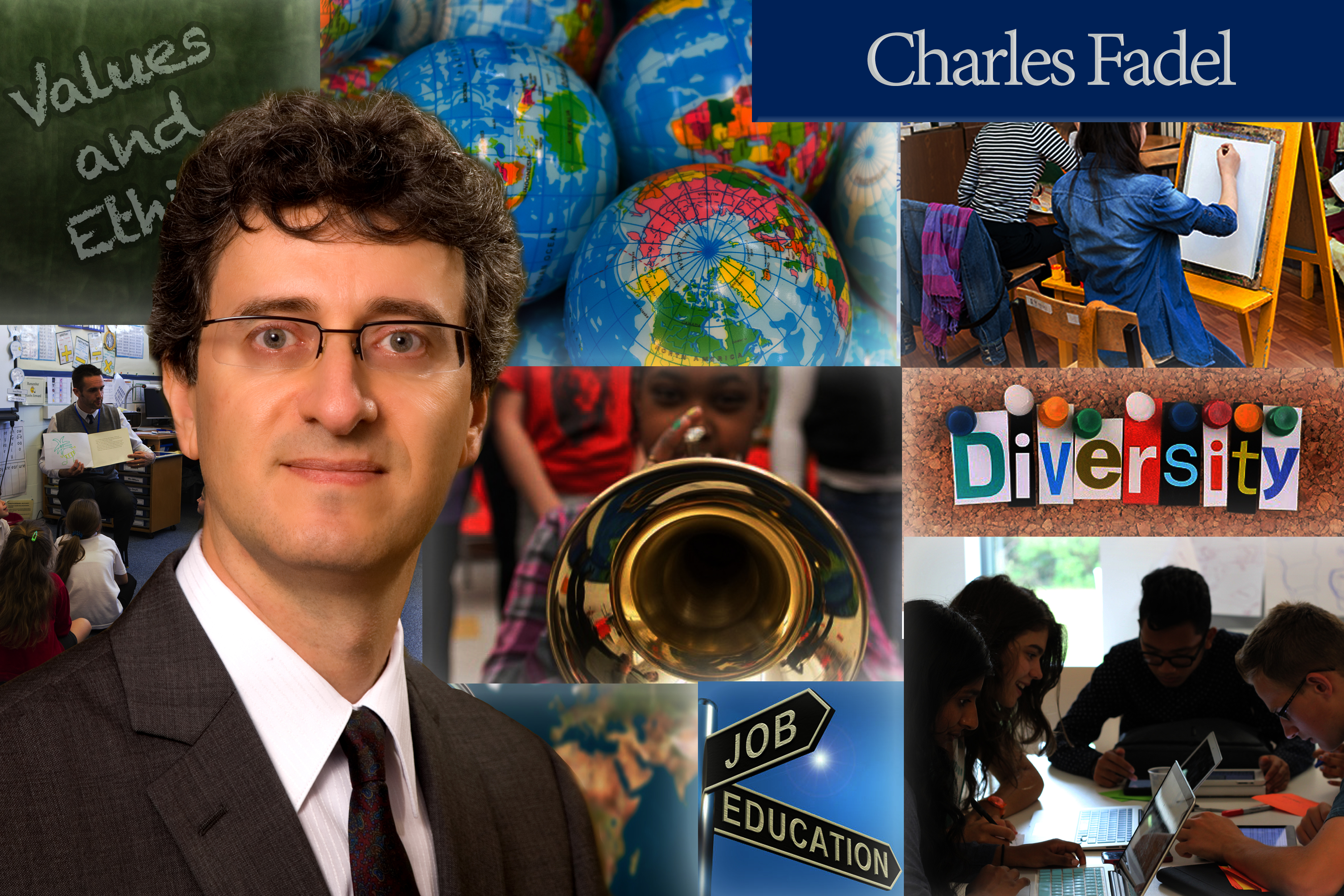
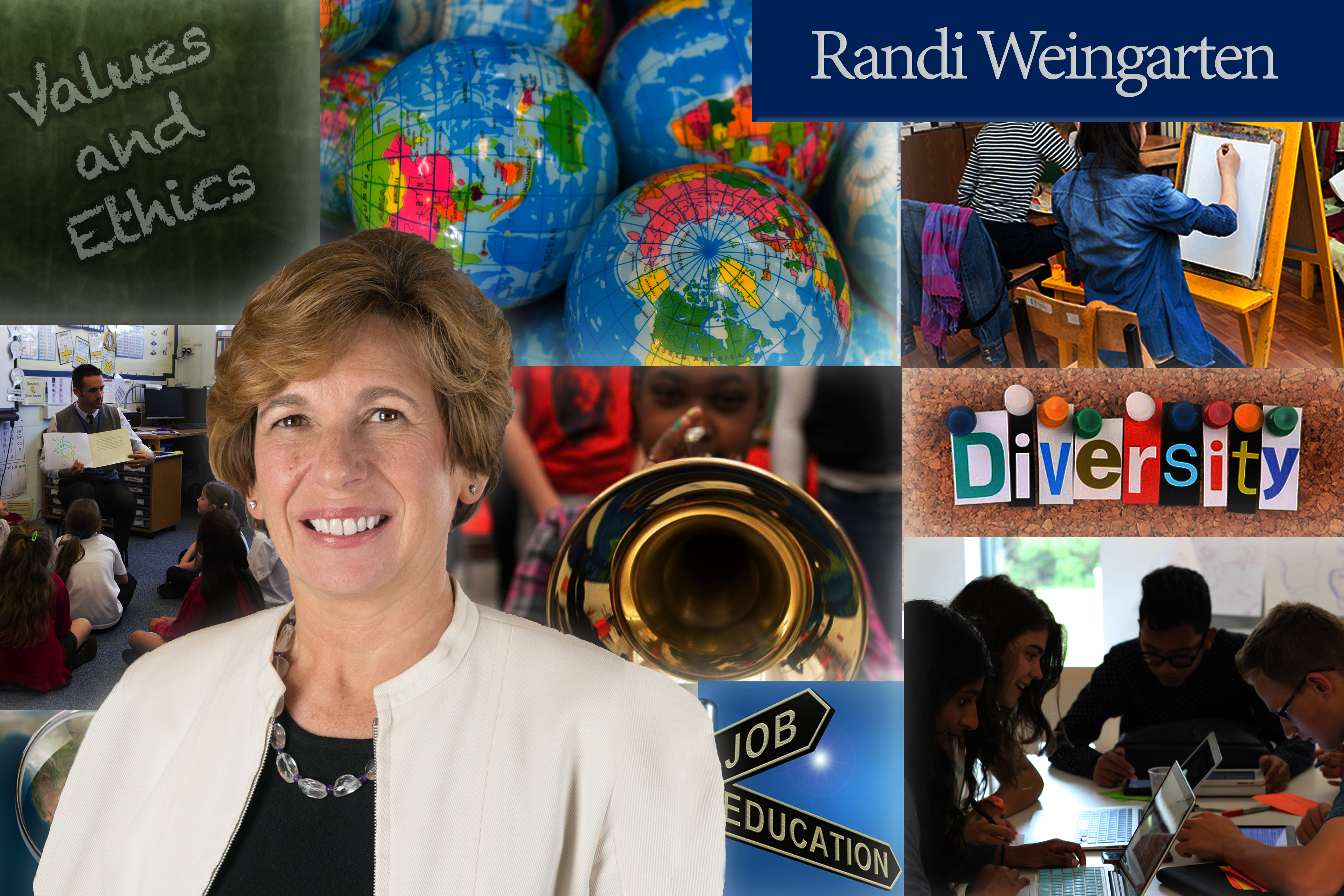
Recent Comments